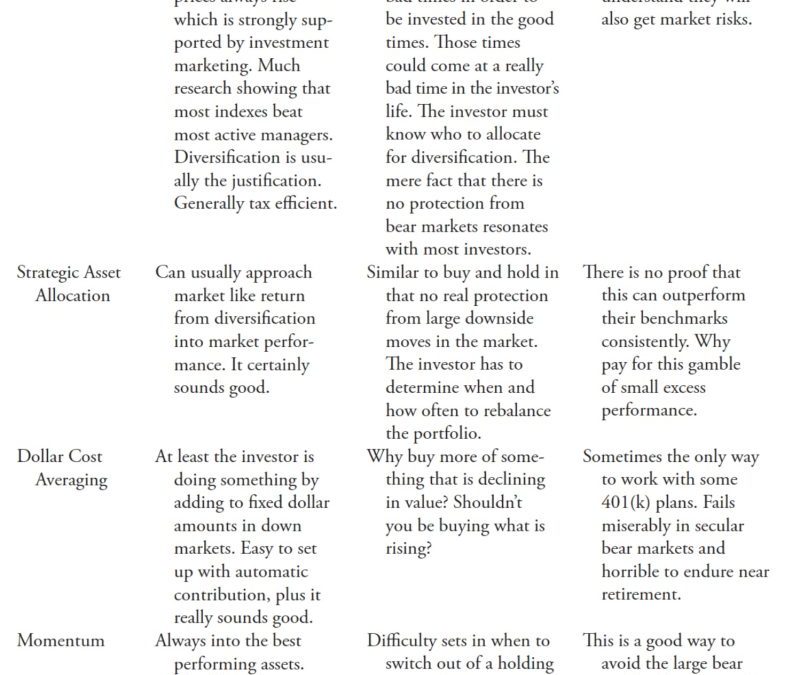
Cashing In on Market Trends: The Essential Appendix Guide
Body:
Investing with the trend is a core principle in the financial world that encourages investors to capitalize on the market’s existing momentum. This strategy largely entails purchasing assets that appear to be on an upward growth trajectory, and selling those that look like they are on a downward slope. While it may seem simple in theory, it requires keen market analysis, strategic planning, and decisive action. Hence, deepening our understanding of this strategy can significantly gear up our investment game.
Firstly, let’s delve into the notion of a trend. In investment parlance, a trend refers to the general direction of a market or the price of an asset. It is the path that an asset price is following over a specific timeframe. Trends can be classified as uptrends, downtrends, and sideways or horizontal trends. Investors who follow the strategy of investing with the trend leverage these trends’ momentum to enhance their returns.
To make sound investment decisions, continuous market study is necessary. Tracking price movements over an extended period is an essential part of trend analysis. Trend lines or trend channels are some of the fundamental tools used by investors for this purpose. These are statistical graphs that depict an asset’s direction over time and help the investor visualize the trend and predict future price movements.
However, it’s not just about understanding what a trend is and how to identify it. What sets successful investors apart is their ability to interpret and act on these insights. Trend investing is not simply a practice of following the crowd blindly. It requires thorough understanding of market dynamics, valuation fundamentals, and individual risk tolerance.
The practical implementation of this investment strategy largely involves the principle of buy and hold. In an uptrend, an investor may purchase an asset with the anticipation that its price would continue to rise. They would then hold onto the asset until the trend reverses. Conversely, during a downtrend, an investor would typically sell their positions to avoid further losses, and might even short sell to profit from falling prices.
Aside from standard buy and sell decisions, several money management techniques can be used as part of a trend investing strategy. Cut-loss and profit-taking levels can be set to manage the risk of massive drawdowns during volatile market conditions. This allows for the preservation of capital and the opportunity to invest in other promising assets.
Lastly, investing with the trend does not guarantee profits nor loss prevention. It is a method that explores the velocity and extent of market momentum to make investment decisions, which inherently come with a level of
